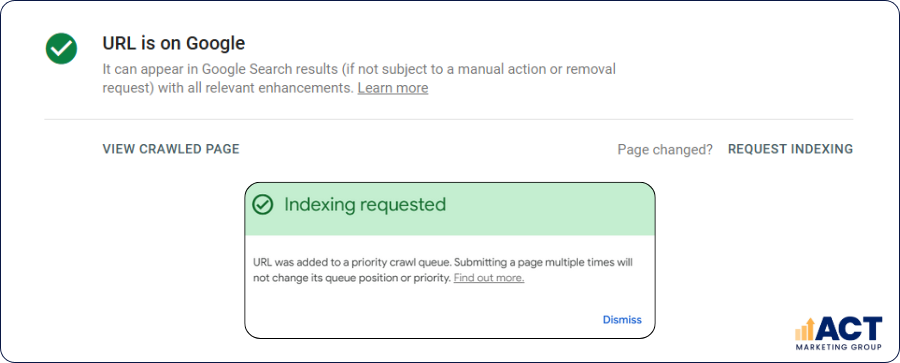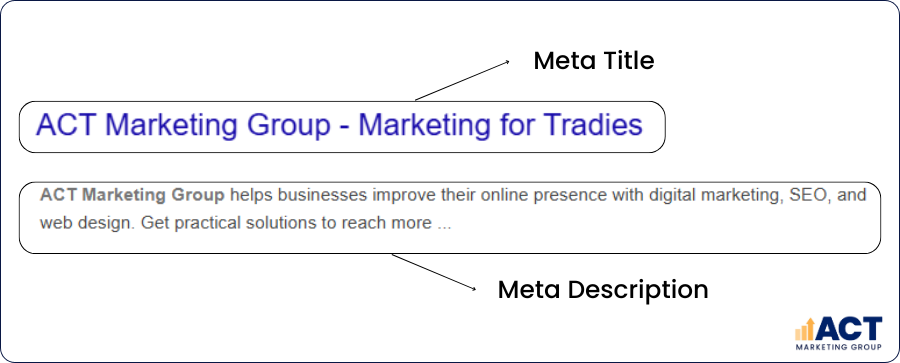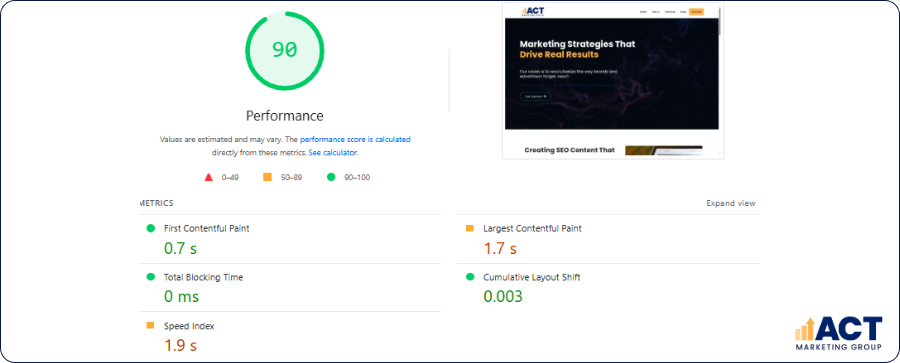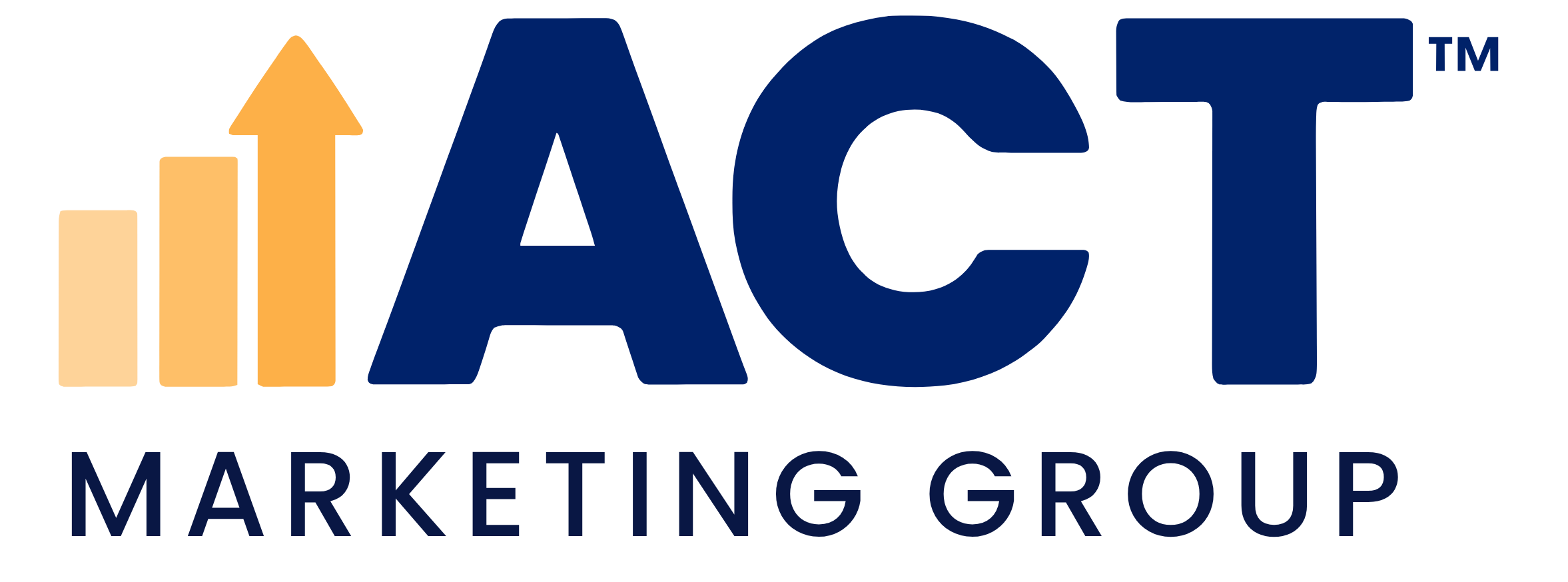Many businesses in Australia struggle to understand why their websites aren’t showing up in search results, even after investing in content and design. The answer often lies in technical SEO—the set of website improvements that help search engines discover, understand, and trust your site. Without a strong technical foundation, even the best content may never reach your audience.
In this comprehensive guide, we’ll explain what technical SEO is, why it’s important for your website’s success, and how you can address common technical SEO issues. You’ll learn about site speed, Core Web Vitals, internal links, structured data, and more. We’ll also provide a practical technical SEO checklist and show you how technical SEO works alongside on-page SEO and keyword research to boost your visibility on Google and other search engines.
Why Technical SEO Matters for Your Website
Many business owners wonder why their website isn’t appearing in search results, even after investing in great content. This section explores the real impact of technical SEO and why it’s essential for your online visibility.
The Real Impact of Technical SEO
Technical SEO focuses on the website’s technical aspects that help search engines crawl, index, and understand your web pages. If your site has broken links, slow loading times, or a poorly designed site structure, search engines may struggle to access your content. This can result in lower rankings or even exclusion from search results.
For Australian businesses, technical SEO is especially important because Google’s algorithms are always evolving. Modern search engines now consider factors like mobile friendliness, page speed, and structured data when ranking sites. Neglecting these technical elements can block search engines from seeing your important pages, causing you to lose out to competitors who have optimised their technical SEO health.
How Technical SEO Affects Your Audience
A well-optimised website loads quickly, works smoothly on mobile devices, and is easy to navigate. This not only helps search engines crawl and index your pages but also improves user experience. When visitors find what they need without frustration, they’re more likely to stay, engage, and become customers.
Get a Customized Marketing Strategy for Your Business
Schedule a free consultation to discuss how our digital marketing solutions can help you reach more customers.
Understanding Technical SEO: The Foundation of Digital Success
Technical SEO optimizes a website’s infrastructure to align with search engine requirements. Unlike content-focused strategies, it tackles behind-the-scenes elements like site architecture, URL structure, and crawlability. Proper implementation ensures search engines like Google and Bing can navigate your entire site, index important pages, and serve your content in search results.Key components include:
Site structure: Organizing category pages and internal links pointing to priority content.XML sitemap: A roadmap guiding search engine bots to all web pages.Robots.txt file: Directing crawlers away from low-value pages like duplicate content or PPC landing pages.
Site Speed: Test your site’s speed and fix any slow-loading pages.Core Web Vitals: Monitor LCP, INP, and CLS scores.Mobile Friendliness: Check your site on multiple devices.Internal Links: Add internal links to important pages and fix broken internal links.External Links: Ensure all external links point to reputable sources and aren’t broken.Duplicate Content: Use canonical tags and noindex tags where needed.XML Sitemap: Keep your sitemap updated and submitted.Robots.txt File: Block search engines from crawling unnecessary pages.Meta Descriptions: Write unique, relevant meta descriptions for each page.Structured Data: Add structured data to enhance search listings.Crawl Errors: Regularly check for and resolve crawl errors.URL Structure: Use clear, descriptive URLs for all web pages.Site Audit: Run regular site audits using a site audit tool.

How Search Engines Crawl and Index Your Site
Search engines use bots (sometimes called spiders) to follow links and discover new web pages. They rely on your XML sitemap, internal links, and site structure to find and index your content. If certain pages are blocked or too hard to find, they may never appear in search results.
Common Barriers to Crawling and Indexing
There are several common issues that can prevent your pages from being crawled or indexed. These include broken internal links, only a few links to important pages, pages blocked by robots.txt or noindex tags, duplicate page versions, and orphaned pages (pages with no internal links pointing to them). Regularly review your site’s crawling and indexing status using Google Search Console and a site audit tool to catch and fix these issues.
Internal and External Links: Building Connections Across Your Website
Links are the pathways that connect your website’s content. This section explains the importance of both internal and external links and how to use them effectively.
Why Internal Linking Matters
Internal links help search engines understand your site’s structure and the relationship between pages. They also guide users to related content, increasing engagement. Add internal links from high-traffic pages to important or new content to boost their visibility.
The Role of External Links
Linking to reputable external sources adds credibility to your content. However, check regularly for broken external links, as these can harm user experience and your site’s trustworthiness.
Meta Descriptions: Your Search Result Preview
Meta descriptions are a small but powerful part of your SEO strategy. This section explains what meta descriptions are and how to write them to attract clicks from search results.
Meta descriptions appear under your page title in search results. They should be clear, concise, and include relevant keywords. Well-written meta descriptions can improve your click-through rate from search results. Make sure each page has a unique meta description that accurately reflects the page’s content.

Addressing Technical SEO Issues on Ecommerce and Large Sites
Ecommerce and large websites face unique technical SEO challenges. This section highlights common problems and offers solutions tailored to sites with lots of pages or products.
Unique Challenges for Ecommerce Sites
Ecommerce sites often have thousands of product and category pages, making technical SEO even more important. Common issues include duplicate content from product variants, broken links from discontinued products, and slow site speed due to large images.
Solutions for Large and International Websites
For large or international websites, managing technical SEO can be complex. Use canonical tags to manage duplicate content across multiple pages. Optimise category pages with relevant keywords and structured data. For international websites or sites with multiple languages, use hreflang tags to guide search engines to the correct regional content.
Using Tools to Monitor and Improve Technical SEO
Monitoring your website’s technical health is easier with the right tools. This section introduces some of the most useful resources for keeping your site in top shape.
Google Search Console and Bing Webmaster Tools
These free tools help you monitor your website’s technical health, track crawl errors, and submit sitemaps. They also provide insights into which pages are indexed and how your site appears in search results.
Site Audit Tools
Regularly use a site audit tool to scan your website for technical SEO issues, such as broken links, missing meta descriptions, or slow-loading pages. Addressing these issues quickly can prevent drops in rankings.
Technical SEO for PPC Landing Pages and Special Content
Not all pages on your website serve the same purpose. This section explains how to handle technical SEO for PPC landing pages and other special content.
PPC landing pages and other special content (like event pages) should also follow technical SEO best practices. Make sure these pages are included in your XML sitemap, load quickly, and are mobile-friendly. If certain pages shouldn’t appear in search results, use a noindex tag to block search engines from indexing them.
Advanced Technical SEO Strategies
Structured Data & Rich Snippets
Adding structured data (Schema markup) to product pages or articles enables rich snippets in search results, boosting click-through rates. For example, recipe sites using this markup often display ratings and cooking times directly in search listings
Server Performance & Hosting
Server response times directly affect Core Web Vitals. Australian businesses should choose hosting providers with local data centers to reduce latency. Monitor uptime to avoid downtime during peak traffic periods.
JavaScript & CSS Optimization
Minify code and defer non-critical scripts to prevent render-blocking. Use modern frameworks like React or Vue.js for efficient client-side rendering without sacrificing crawlability.
Mobile-First Indexing: Adapting to User Behavior
With over 60% of Australian searches on mobile devices, technical SEO must prioritize:
Responsive design: Ensuring content adapts to all screen sizes.
Touch-friendly elements: Buttons and forms spaced for thumb navigation.
Accelerated Mobile Pages (AMP): Optional for news sites needing ultra-fast load times.
Core Web Vitals: Google's Technical Performance Standards
Google’s Core Web Vitals measure user experience through three metrics:
Largest Contentful Paint (LCP): Loading performance (under 2.5 seconds).
Interaction to Next Paint (INP): Responsiveness (under 200 milliseconds).
Cumulative Layout Shift (CLS): Visual stability (score below 0.1).
Improving these requires optimizing server response times, minimizing JavaScript delays, and ensuring images have defined dimensions to prevent layout shifts. Tools like Google Search Console provide actionable insights into these metrics, helping businesses address issues like slow page speed or excessive web page size.
Google’s Mobile-Friendly Test identifies issues like text too small to read or viewport misconfigurations.

Keeping Up with Technical SEO: Regular Reviews and Updates
Technical SEO is not a one-off task. Search engines update their algorithms, and your website evolves over time. This section explains why it’s important to schedule regular technical SEO audits and keep your site performing at its best.
Schedule regular technical SEO audits to catch new issues, update your technical SEO checklist, and keep your site performing at its best.
Have Questions?
We're Here to Help!
Conclusion: Take Action on Technical SEO Today
Technical SEO is essential for making your website visible, accessible, and trusted by both search engines and users. By addressing site speed, Core Web Vitals, internal and external links, structured data, and other technical aspects, you lay the groundwork for lasting online success.
Remember, technical SEO works hand-in-hand with on-page SEO and keyword research. Together, they ensure your website not only gets found but also delivers a great experience to your visitors.
Ready to improve your website’s technical health and see better results in search?
We offer technical SEO audits, ongoing support, and practical solutions tailored to Australian businesses. Contact us today to get started and take the next step towards higher rankings and more customers.

